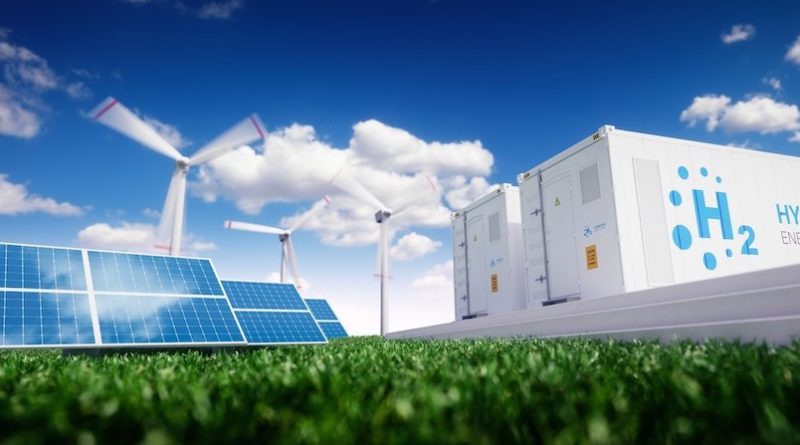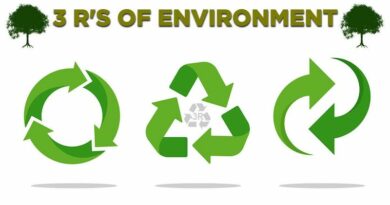
Gauging Smart sector integration impact: will it help us reduce CO2 emissions and improve industrial performance in Europe?
Welcome the upcoming strategy on energy system integration. The Commissioner assured us that the Strategy on energy system integration will focus on a more circular energy system, greater direct electrification of end-use sectors and increased use of renewables and decarbonised fuels including hydrogen. The strategy represent a fundamental factor for achieving Europe’s CO2 reductions targets and increase global competitiveness of our industry, in line also with the ambitions of the Green Deal.
The Strategy will rather boost the optimisation of the energy system as a whole, than decarbonising and making separate efficiency gains in each sector independently.
This has the potential to directly contribute to reducing costs of renewable energy, deployment of clean technologies, reduce network investment costs, enhance cross-border market access for renewables, open new markets for storage systems and hydrogen, allow greater amounts of renewables in the energy mix, and contribute to our digital transformation.
There has been an ongoing need for innovation in better linking our different energy carriers (electricity, gas, heat, cold, fuels) and following COVID-19 economic crisis, I find of outmost importance to use our recovery financial instruments to accelerate the transition towards a more integrated and decarbonised energy system in EU, in order to reduce the total of energy our industries need, their production costs, while ensuring security of supply, but also energy autonomy in Europe.
If the first objective of sector coupling will be to increase direct electrification of key industrial sectors from the current 20% to more than 15% (COM LTS 2018), the second will be rep- resented by the indirect electrification, which implies using excess renewable electricity to produce hydrogen. This will require increased investments, as I underline that, in present, only 4% of Europe’s hydrogen is produced from renewable sources despite the fact that Europe is a major global actor in the production of electrolysers. Consequently, I stress the need to better capitalize on our potential and strengthen our efforts to large-scale deployment of renewable hydrogen, increasing demand and providing necessary financial support instruments. Additionally, we need to scale up usage of this hydrogen in all industrial processes where electrification is not possible, such heavy industry, aviation, shipping and long-haul and heavy-duty road transport.
For instance, the introduction of renewable energy in the production of cement could decarbonise one of the most energy-intensive European economic sectors, while creating new jobs at the same time.
As regards to hydrogen, the increased production will require enhanced generation of renewable energy, as well as consolidated public and private investments in development or transformation of infrastructure across the Member States, building storage capacities, as well as a developed and competitive hydrogen market. Where it cannot be entirely used near the place of production, we need to evaluate the options to let the flow of hydrogen across the EU through our existing pipelines, which also means investment in modernizing them, we need to invest also into other transportation means, as well as a well-established regulatory framework supporting the uptake of renewable hydrogen.
Energy system integration in Europe will also contribute to the competitiveness of European industry by promoting smart technologies, their standardisation and market uptake. A sound European strategy for system integration will need to ensure that all industries can reduce emissions while leveraging economic advantages of a decarbonised economy.
Moreover,
digitalisation of EU’s industrial sector will further enable optimisation of our industries’ energy systems.
A decarbonised European economy needs to be based on a decarbonised energy system. In this context, I highlight the importance to provide necessary financial incentives to support our industry to fasten deployment of Carbon capture and use or storage (CCUS) for those industrial processes with large emission rates. I underline the need to identify new ways to increase financial viability for CCUS projects, reduce their high upfront investment costs, and establish a correct ratio between investment on CCUS and CO2 price, in order to encourage our industry to capture and store CO2 instead of paying for emitting it.
In present, a large share of Europe’s energy demand still dissipates as waste. An important step forward will be to apply circular principles to our energy systems, a process that can reduce significantly primary energy needs for industries. One of the principal solutions is represented by cogeneration, which can lead to energy efficiency levels of around 90%. Across European regions, small cogeneration facilities can also be an effective way to supply energy to remote industrial sites without the need for expensive grid infrastructure. One step further can be done by accelerating deployment of tri- generation plants to produce cooling, heat and electricity, simultaneously.
As policy maker, I finally underline the need to strengthen regulatory framework for the reuse of industrial and data centres waste heat, through appropriate revision of relevant legislation. The Energy Efficiency and Renewable Energy Directives already contain provisions targeting the reuse of waste of heat from industrial sites, but we still need to identify innovative ways and incentives for our companies to apply additional business models in this matter.




